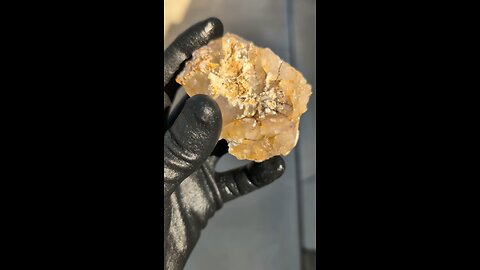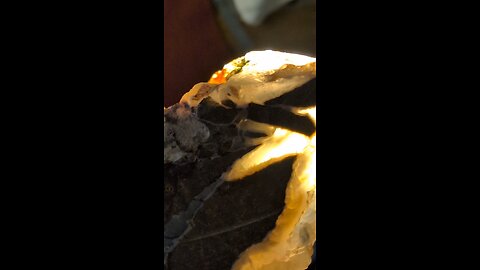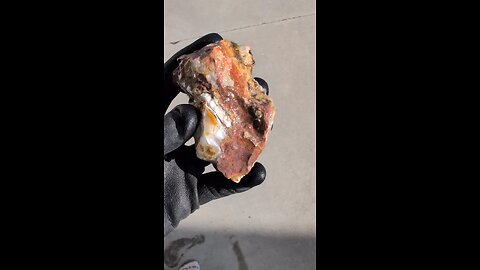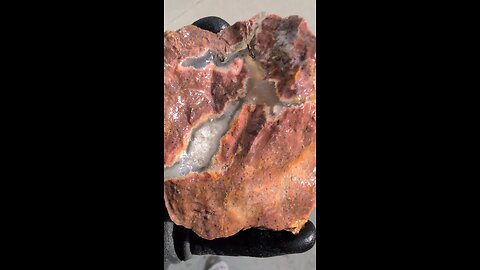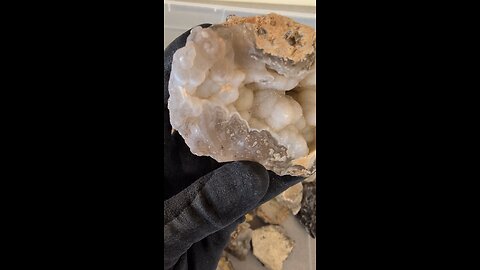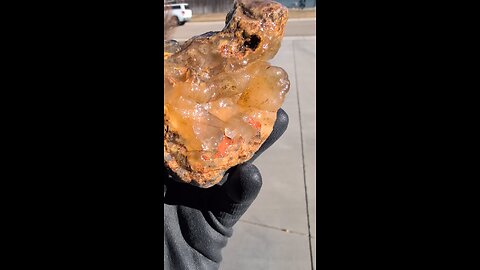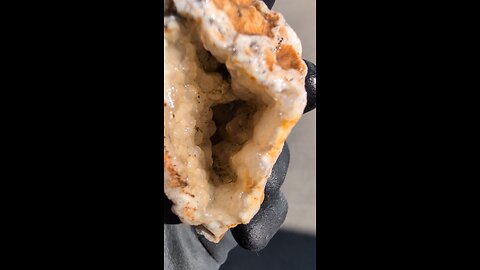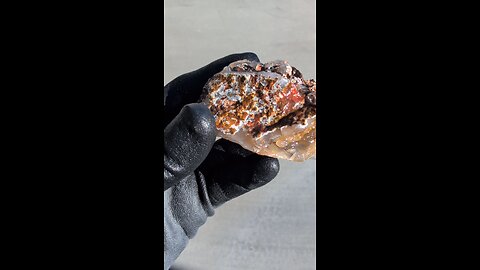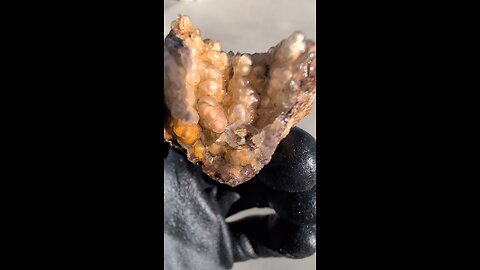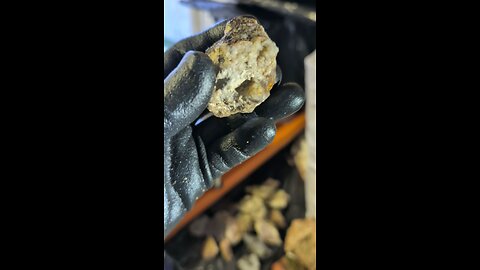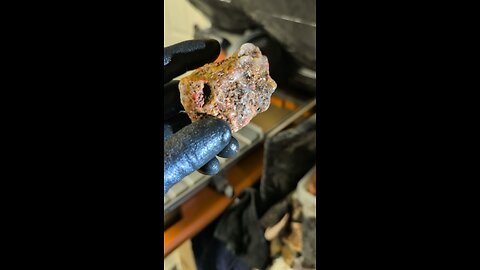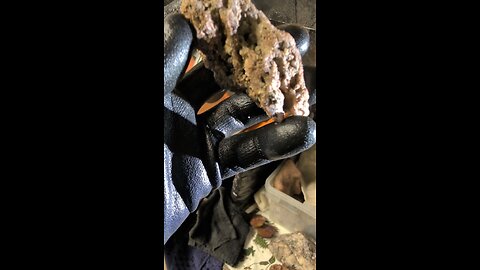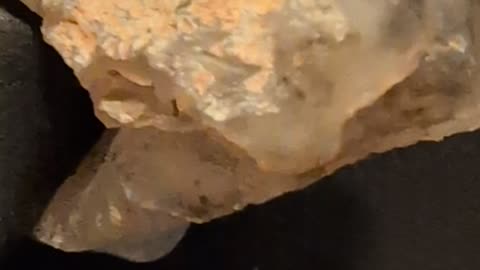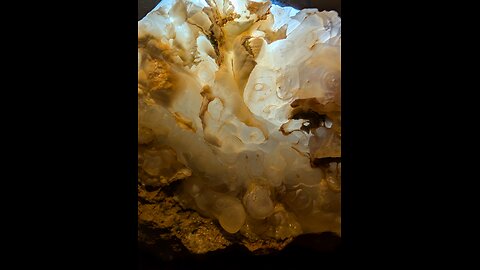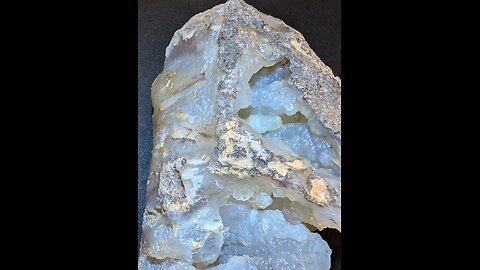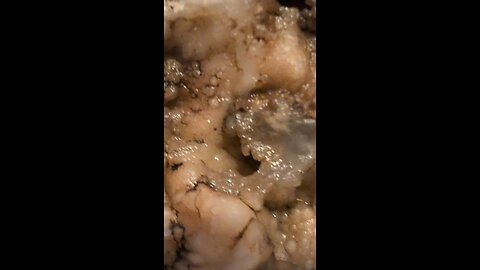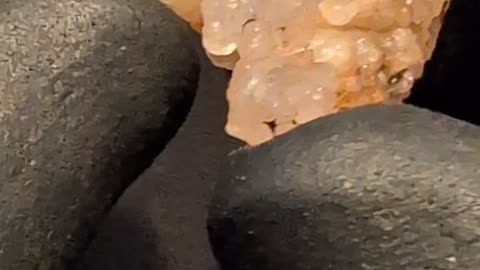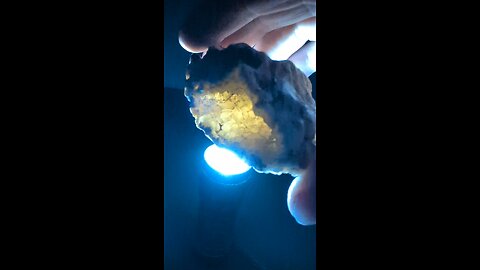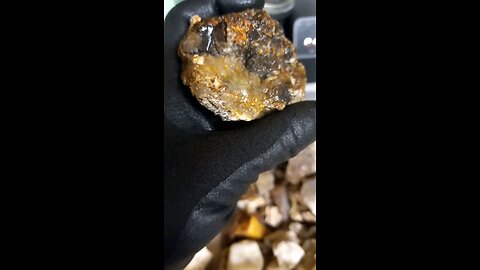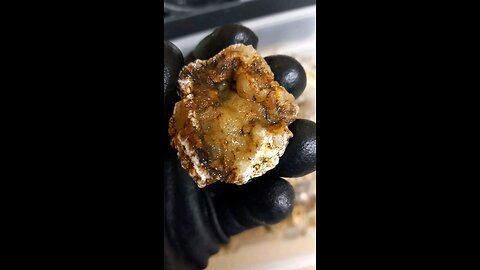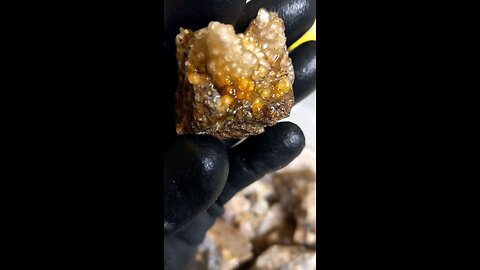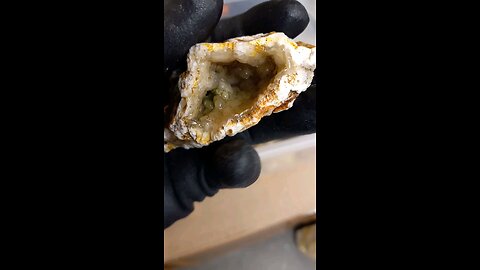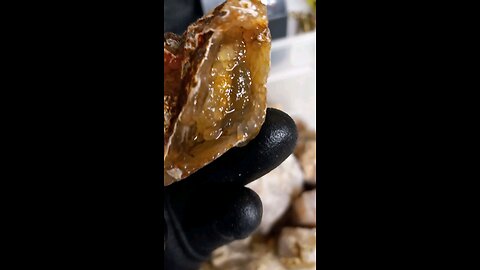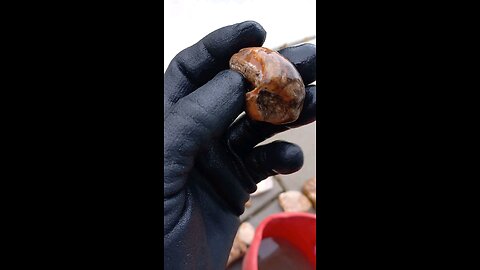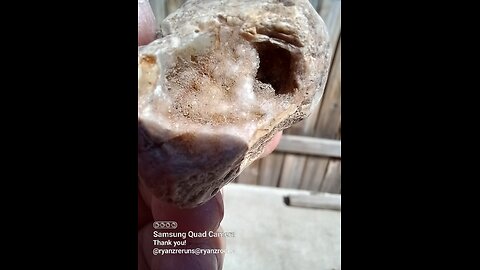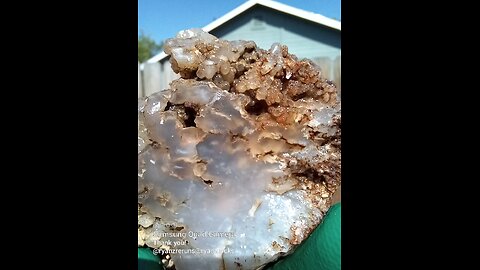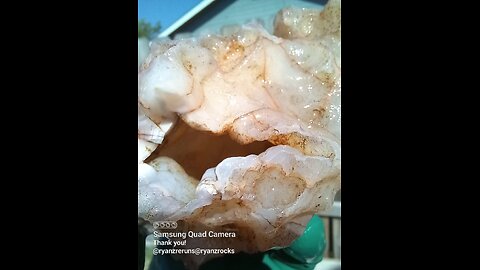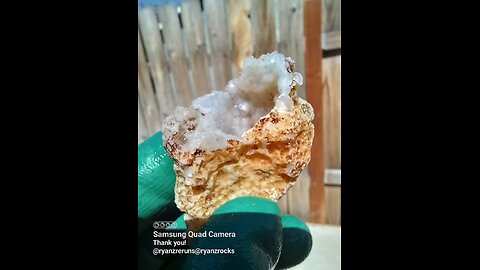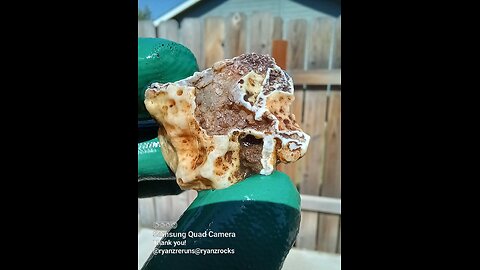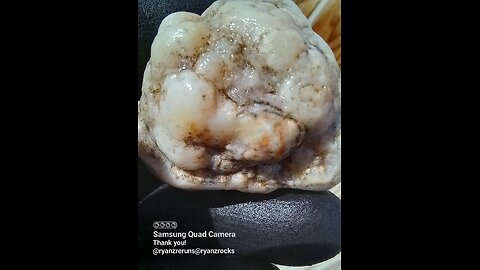Premium Only Content
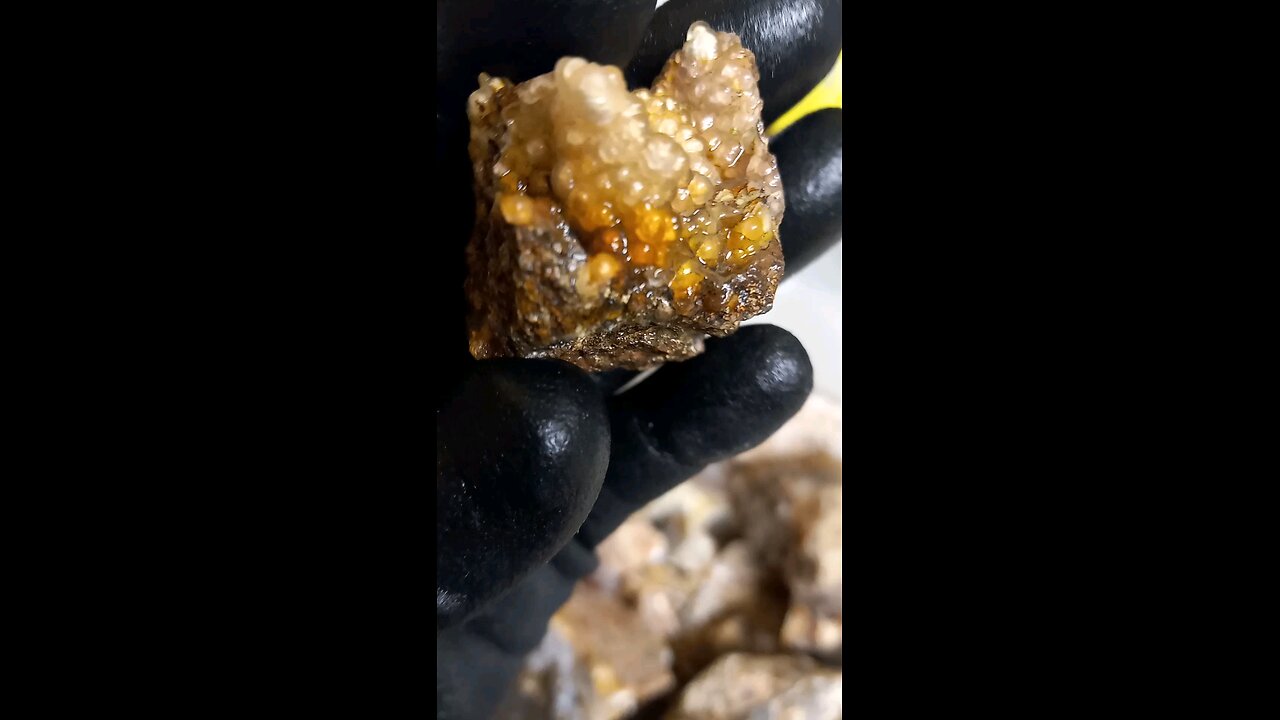
Interesting Botryoidal Formation!
Botryoidal Chalcedony n' Jasper Glow!
Broken Thunderegg Cluster!
Chalcedony n' Quartz Veins!
Botryoidal Geode!
Botryoidal Carnelean!
Botryoidal Geode!
Botryoidal Plume Agate!
Botryoidal Formation!
Ooids inside!
Brecciated Jasper Cut!
Botryoidal Plume Cut!
Plume botryoidal chalcedony nugget!
Plume slice!
Botryoidal slice!
Plume agate inspection!
Botryoidal Chalcedony Nugget!
Botryoidal Glow!
Hot Botryoidal Mess!
Half of a geode!
Botryoidal formations!
This half survived Monther Nature!
Broken geode!
Some botryoidal goins' on!
It's hollow!
Botryoidal chalcedony!
White botryoidal chalcedony?
Botryoidal chalcedony!
Botryoidal formations!
Plume agate is a variety of chalcedony, a microcrystalline quartz, characterized by delicate, plume-like inclusions of various colors and minerals. These inclusions often resemble feathers, flowers, or flames, giving the agate a unique and visually appealing appearance.
Plume agate only forms in hotsprings with the help of thermophiles and extremophiles (microscopic organisms that like harsh and hot environments) collecting silica and other dissolved particles in silica rich hotsprings and depositing them in wild patterns within the agate.
A combination of clays, metals and minerals make up the cool colors and textures we experience.
There are many famous deposits of plume, flame and other varieties of textures made with the assistance of microbes.
-
 2:10:12
2:10:12
Badlands Media
1 day agoDevolution Power Hour Ep. 383: Epstein, Durham, and the Dictator Narrative
100K81 -
 2:40:10
2:40:10
DLDAfterDark
12 hours ago $0.51 earnedDLD Live! Feat. Red Dawn Readiness! Glock FRT's - Striker Fire Safety Concerns - ACE Trigger
46.4K8 -
 2:40:21
2:40:21
BlackDiamondGunsandGear
11 hours agoAre ALL Striker Fired Pistols UNSAFE? // After Hours Armory
56.8K16 -
 LIVE
LIVE
TheSchleppy
6 hours ago✨TheSchleppy✨EWC COUNTER STRIKE 2 GRAND FINAL *MONGOLZ v AURORA*
57 watching -
 6:34:50
6:34:50
SpartakusLIVE
15 hours ago#1 Saturday Spartoons on RUMBLE PREMIUM
131K7 -
 1:04:59
1:04:59
Man in America
16 hours ago“Summoning the Demon” — The AI Agenda Is FAR WORSE Than We Know w/ Kay Rubacek
67K49 -
 2:16:48
2:16:48
Tundra Tactical
14 hours ago $0.15 earned🎯💥 The World’s Okayest Gun Show 🔫😂 | LIVE Tonight on Rumble!
49.2K1 -
 3:36:03
3:36:03
Mally_Mouse
1 day ago🌶️ 🥵Spicy BITE Saturday!! 🥵🌶️- Let's Play: Tower Unite!
70.2K3 -
 58:59
58:59
MattMorseTV
14 hours ago $1.82 earned🔴Trump just BROKE Newsom.🔴
94.7K104 -
 18:14
18:14
Her Patriot Voice
14 hours agoWho Is WORSE for NYC: Trump Girl or Socialist?
69.7K36
